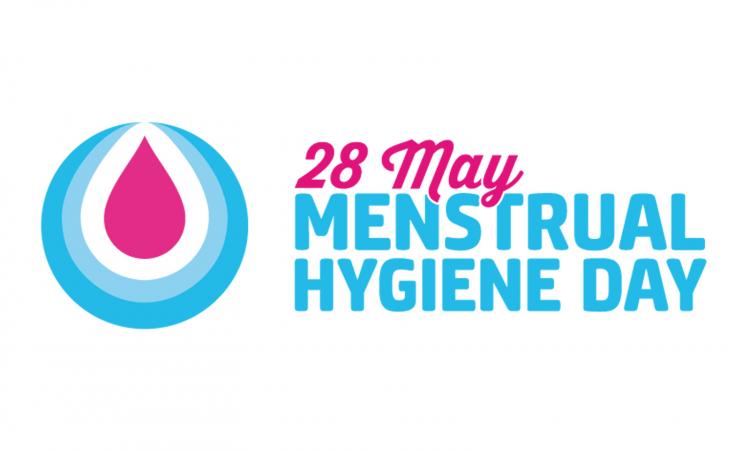
World Menstrual Hygiene Day - May 28
Aimed at breaking myths and taboos surrounding menstruation, May 28 is celebrated as Menstrual Hygiene Day across the world. Though insufficient data plagues policy formulation, decentralised studies in many parts of the globe suggest that many adolescent girls drop out of schools soon after reaching puberty due to a combination of social inhibition and infrastructure limitations. Lack of proper sanitation and water facilities apart from the availability of suitable female hygiene products are found to be one of the main reasons behind poor female hygiene in many third world countries.
Red is the New Green: Spreading awareness on hygienic menstruation
Mumbai based research associate Deane de Menezes has launched the ‘Red is the New Green’ initiative aimed at installing sanitary napkin dispensers and incinerators in Mumbai’s schools. The campaign also aims to create awareness on the importance of good personal hygienic practices during menstruation. Studies indicate that close to 50% of Indian girls have no knowledge of menstruation prior to their first period and nearly 88% girls and women who menstruate use unsafe materials to soak up the menstrual discharge.
NGOs spread the word on menstrual hygiene in Punjab schools
Service organisations and online platforms are working hard to break myths around the menstrual discourse in the country. Khwahish Sewa Society, an organisation that works to spread the word on good personal hygiene celebrated Menstrual Hygiene Day by initiating discussions around the topic in schools across Punjab. Online portal, Menstrupedia released an audio-visual comic explaining menstruation and the need for proper hygiene during menses. The comic can be viewed free of cost online.
Disposing of disposables now a huge concern: Sanitary pads take nearly 800 years to decompose
The categorisation and disposal of sanitary waste has always been a problem, straddling the border between biomedical and plastic waste, making it doubly hard to segregate and dispose them suitably. The Municipal Solid Waste (Management and Handling) Rules, 2000 categorise soiled napkins and diapers as household waste while the Bio-Medical Waste (Management and Handling) Rules, 1998 call for items contaminated with blood and body fluids to be incinerated to destroy pathogens. Since sanitary napkins are non biodegradable, they stay in landfills for close to 800 years before the constituents break down.
Choosing sustainability over convenience: Give the menstrual cup a chance
While sanitary pads are the most popular female hygiene product, its environment costs are rather staggering given that most of its components are not bio-degradable. One of the most sustainable alternatives to these disposable solutions is the menstrual cup. Once inserted into the vaginal canal, these reusable silicone cups catch the menstrual flow and offer zero leak protection. Investing in menstrual cups eliminates monthly sanitary napkin purchases for a long while for these cups be reused for a minimum of 7-8 years.
This is a roundup of newsitems published around the World Menstrual Hygiene Day 2016
Path Alias
/articles/breaking-silence-world-menstrual-hygiene-day